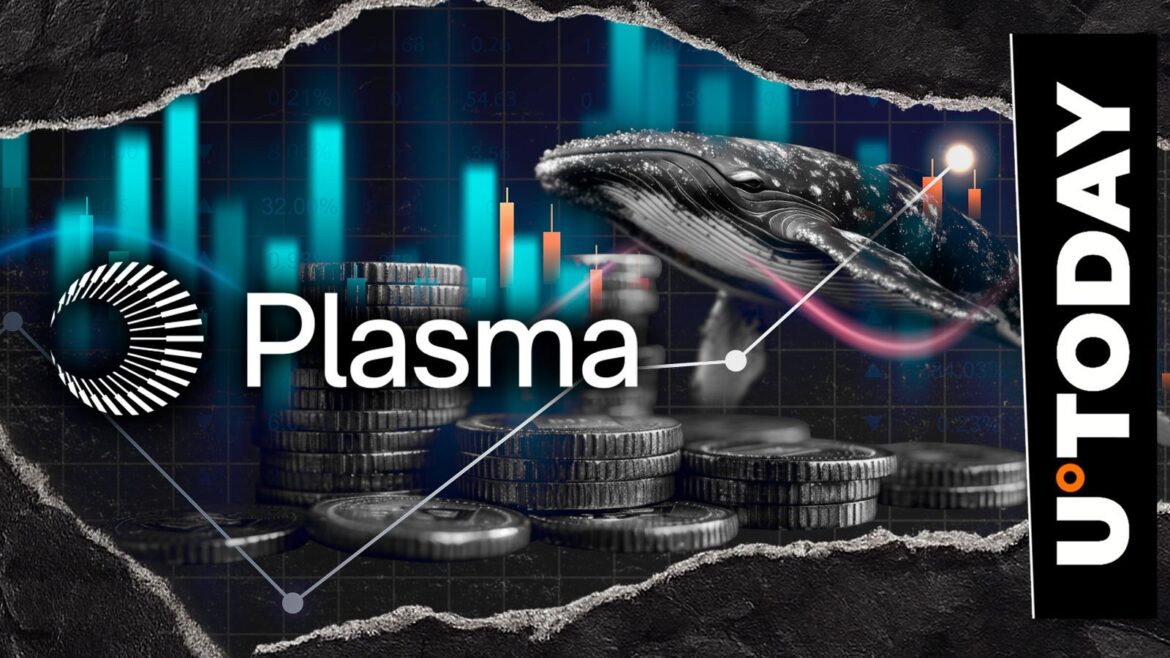As the crypto ecosystem kicks into what is considered the “Uptober” season, leading U.S.-based cryptocurrency exchange Coinbase has announced four major listings in a recent X post.
In its relentless efforts to expand its wide range of trading options for users, the exchange has not only continued to strengthen its spot market but is also boosting its derivatives market.
Coinbase boosts derivatives options for users
Following its latest listings, the exchange revealed it has launched perpetual futures trading for four new cryptocurrencies: Lombard ($BARD), Anoma ($XAN), Plasma ($XPL), and Kamino Finance ($KMNO).
The exchange specified that the new perpetual contracts (listed as BARD-PERP, XAN-PERP, XPL-PERP, and KMNO-PERP), will go live on Thursday, October 2. Notably, the listing event will commence on or after 9:30 a.m. UTC in supported regions. However, Coinbase emphasized that the listings will not go live at the stated time if the projects fail to meet its liquidity conditions.
While the move expands Coinbase’s derivatives offerings for both retail and large token holders, the exchange noted that only retail traders in select jurisdictions will be able to access the perpetual markets via Coinbase Advanced.
Meanwhile, institutional investors will have the opportunity to trade directly through the Coinbase International Exchange, propelling the newly listed tokens toward higher volume demand.
Following the inclusion of BARD, XAN, XPL, and KMNO on Coinbase’s derivatives market, the exchange has not only positioned itself for a boost in trading volume but also enhanced adoption prospects for the tokens, potentially setting them up for significant price upswings.
While the timing of the listing coincides with the beginning of “Uptober” (a hype tag associated with October given its historical bullish records), users have shown excitement for the newly added options. Commentators believe the move will fuel more price surges for the tokens, aligning with bullish expectations for the month.
Amid heightened anticipation for renewed momentum across the broader crypto market, market watchers appear to be keeping a close eye on how the new crypto listings on Coinbase will perform upon their official launch.









